Table of Contents
Introduction: Why Early Detection Saves Your Transmission
Your car’s transmission is the heart of its drivetrain, and repairs can cost anywhere from 1,500 to 5,000+ if ignored. A failing transmission doesn’t just leave you stranded—it can cascade into engine or driveline damage. This guide teaches you how to spot problems early, decode symptoms, and take action before your wallet takes a hit.
🚨 “Act Now”
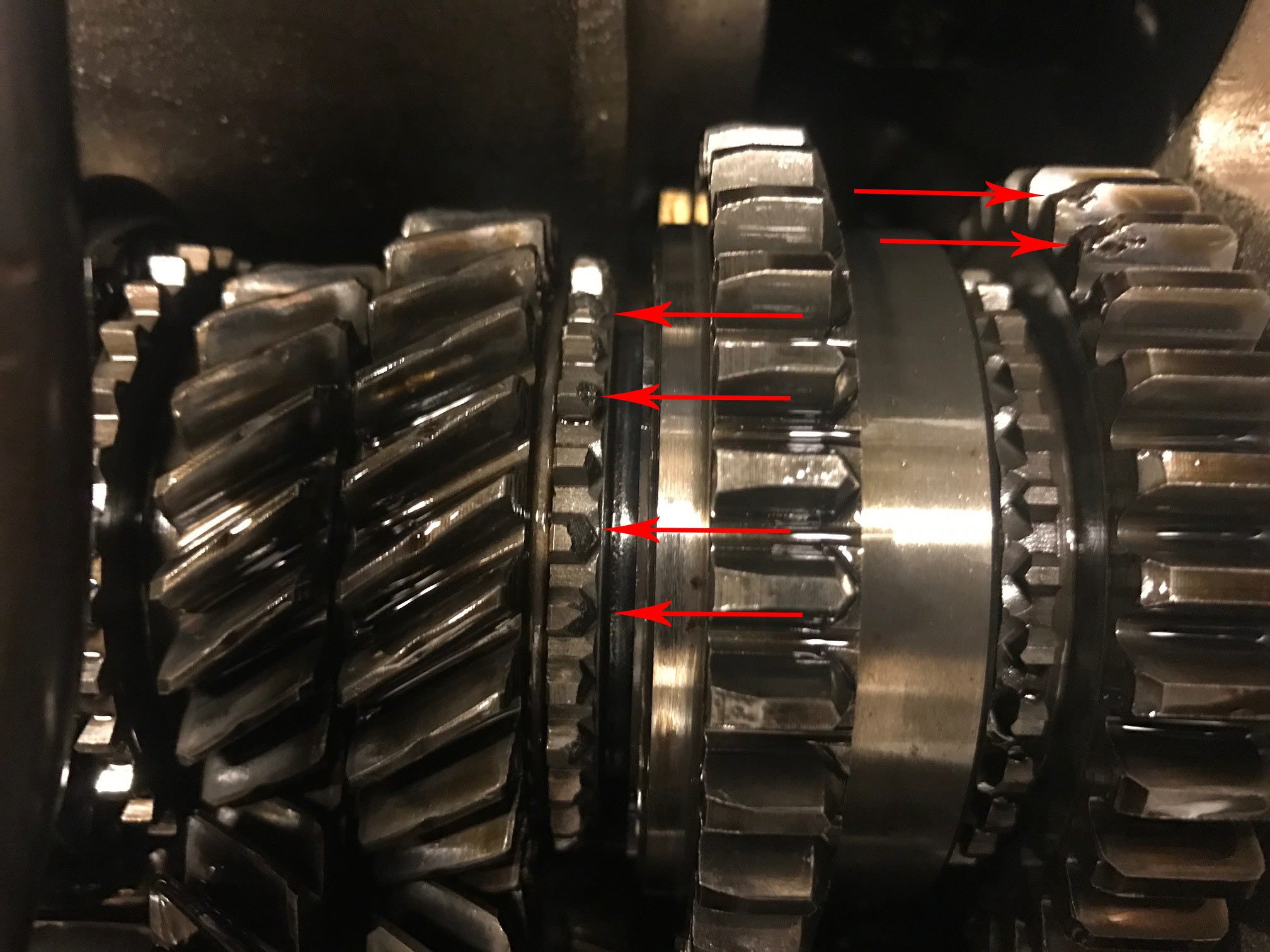
Top 5 Transmission Problems and Symptoms
1. Slipping Gears 🌡️
- What It Feels Like: RPMs surge, but the car doesn’t accelerate.
- Common Causes:
- Low or degraded transmission fluid.
- Worn clutch plates (manual) or bands (automatic).
- Faulty shift solenoids.
📋 Quick Check: Inspect fluid using the dipstick. Healthy fluid is bright red and translucent; burnt-smelling or murky fluid signals trouble.
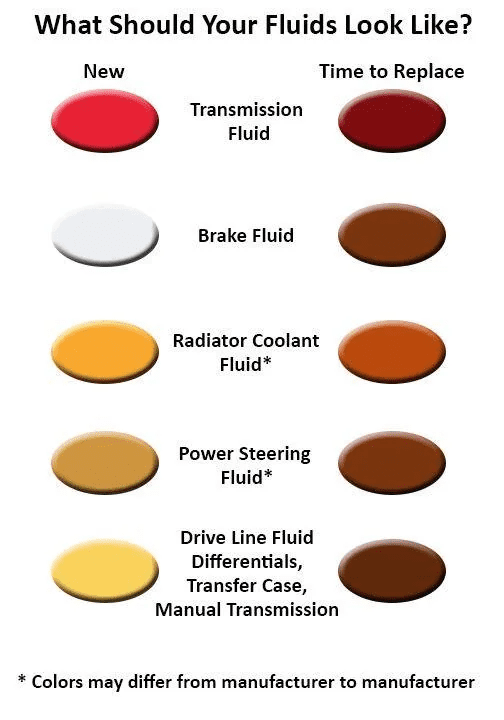
2. Delayed or Rough Shifting ⚙️
- Automatic: Hesitation, jerking, or “gear hunting.”
- Manual: Grinding noises or resistance when shifting.
- Causes:
- Clogged filter restricting fluid flow.
- Valve body malfunction (automatic).
- Worn synchronizers (manual).
🔧 Pro Tip: Use an OBD-II scanner to check for codes like P0700 (Transmission Control System Malfunction).
3. Unusual Noises 🔊
- Whining/Humming: Low fluid levels or failing torque converter.
- Clunking: Loose mounts or damaged gears.
- Grinding: Worn bearings or synchronizers (manual).
4. Leaking Fluid 💧
- Where to Look: Puddles under the car (red or brown fluid).
- Common Leak Sources:
- Cracked pan gasket.
- Damaged cooler lines.
- Worn axle seals.
📋 Quick Fix: Tighten loose pan bolts or replace the gasket (DIY cost: 20–50).
5. Overheating 🔥
- Causes: Heavy towing, stop-and-go traffic, or a faulty cooler.
- Signs: Burning smell, dashboard warning light, or fluid discoloration.
🚨 Warning: Overheating can warp transmission components—shut off the engine immediately!
Table: Automatic vs. Manual Transmission Issues
| Symptom | Automatic | Manual |
|---|---|---|
| Slipping Gears | Faulty solenoids | Worn clutch |
| Delayed Shifting | Clogged valve body | Air in hydraulic system |
| Grinding Noise | Torque converter failure | Bad synchronizers |
| Fluid Leaks | Cooler line leaks | Input shaft seal failure |
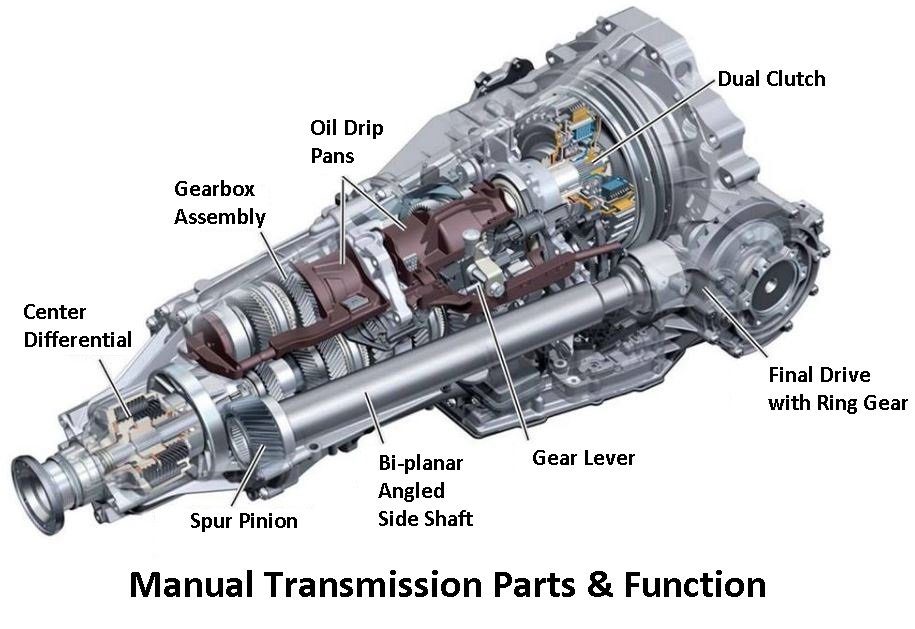
Step-by-Step Home Diagnosis Guide
Step 1: Check Fluid Level and Condition
- Park on level ground with the engine running (for automatics).
- Locate the dipstick (refer to your owner’s manual).
- Inspect fluid color and texture:
- ✅ Healthy: Bright red, smooth, no debris.
- ❌ Unhealthy: Dark brown, gritty, burnt odor.
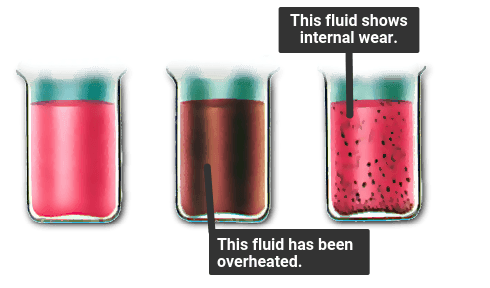
Step 2: Test Drive for Symptoms
- Automatic: Note delayed shifts, flares, or harsh engagement.
- Manual: Feel for clutch slippage or grinding.
📝 Note: Record symptoms to share with your mechanic.
Step 3: Scan for Trouble Codes
Use an OBD-II scanner to retrieve codes like:
- P0730: Incorrect gear ratio.
- P0218: Transmission over-temperature.
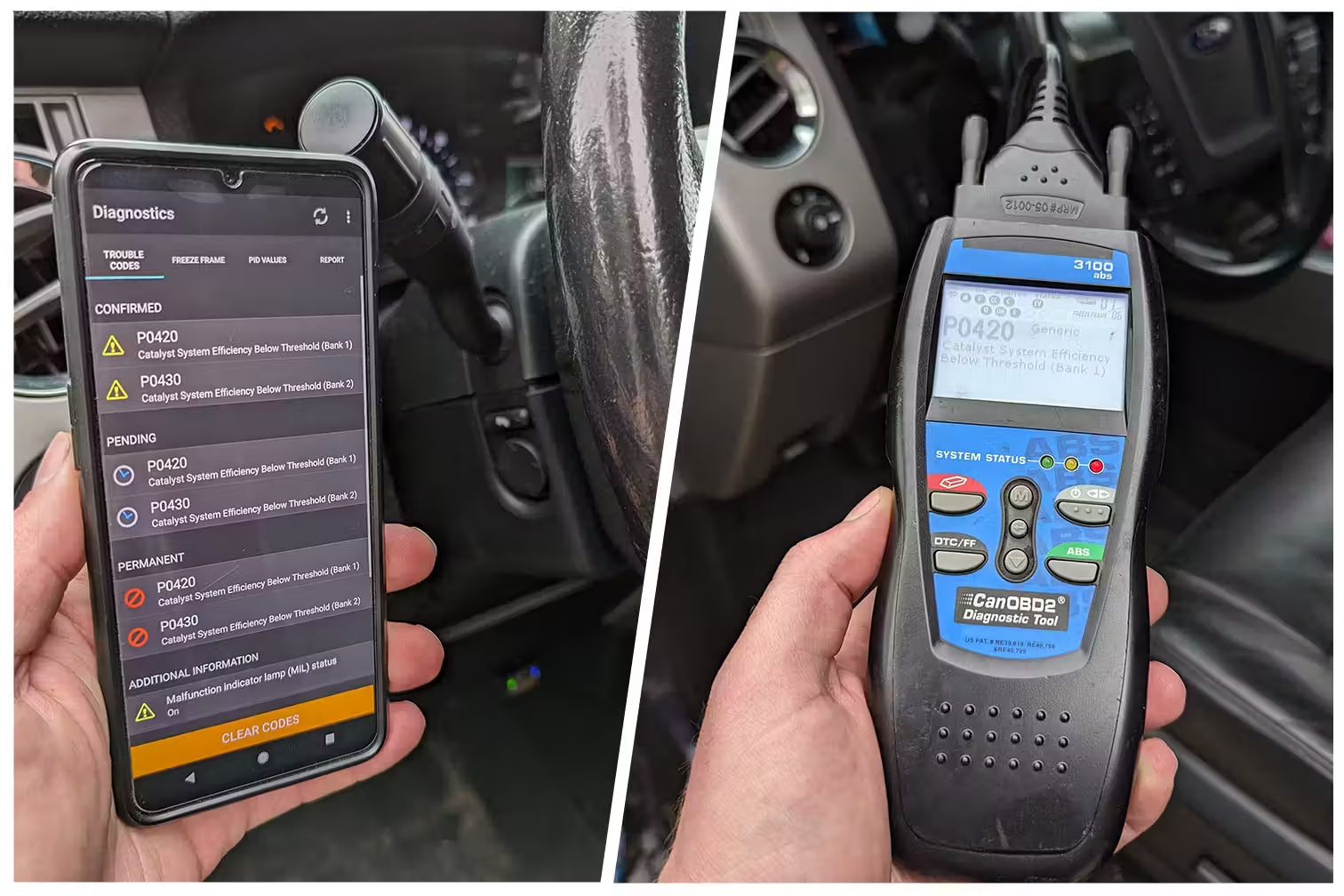
Repair Options and Cost Breakdown
| Issue | DIY Fix | Shop Cost |
|---|---|---|
| Fluid Top-Up/Change | 20–20–60 (fluid + filter) | 80–80–200 |
| Solenoid Replacement | 150–150–300 (parts) | 400–400–800 |
| Clutch Kit Replacement | 200–200–500 (kit) | 800–800–2,500 |
| Full Rebuild | Not recommended | 2,500–2,500–5,500+ |
⚠️ Warning: DIY rebuilds require specialized tools—leave it to professionals!
Prevention Tips to Extend Transmission Life 🌟
- Regular Fluid Changes: Every 30,000–60,000 miles.
- Cooler Maintenance: Flush the cooler every 100k miles.
- Avoid “Neutral Drops”: Sudden gear shifts strain components.
- Fix Leaks Promptly: Small leaks lead to big failures.
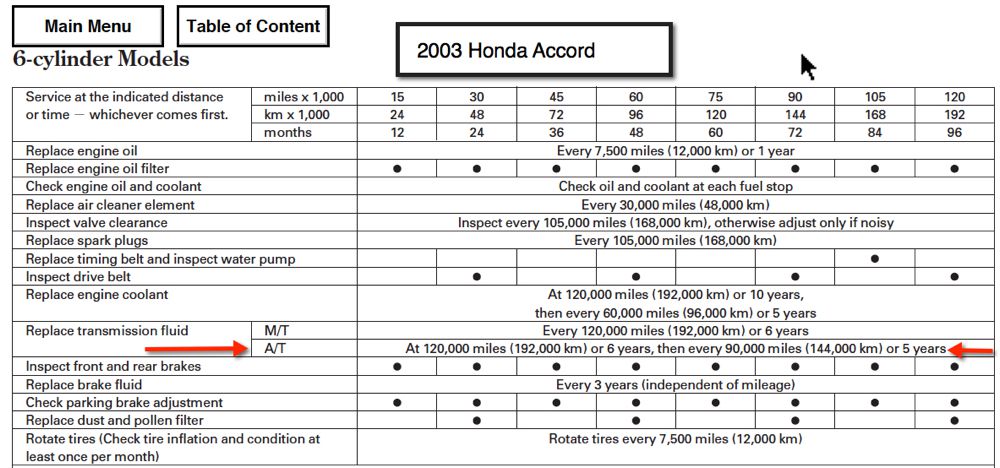
Checklist: Early Transmission Problem Detection
Download our free PDF checklist to track symptoms and maintenance:
- Fluid inspection steps.
- Test drive evaluation guide.
- Leak identification flowchart.
- When to visit a mechanic.
📥 [Download Transmission Diagnostic Checklist PDF Here]
FAQs: Your Transmission Questions Answered
Q1: Can I drive with a slipping transmission?
A: ❌ No! Continued driving can destroy gears. Tow the car to a shop.
Q2: How often should I change transmission fluid?
A: Every 30k–60k miles, but check your owner’s manual for specifics.
Q3: Why is my transmission fluid foamy?
A: Overfilling or water contamination. Drain and refill immediately.
Q4: Can a bad transmission damage the engine?
A: Indirectly. Overheating strains the cooling system and ECU.
Q5: Are transmission additives worth using?
A: Only for minor sludge. They won’t fix mechanical failures.
Expand Your Automotive Knowledge 📝
Explore 500+ Free Expert-Curated Guides
🚗 Learn New Skills
From basic maintenance to advanced repairs — clear, actionable tutorials for every skill level.
🌍 Access Anywhere
Mobile-friendly guides with HD visuals. No downloads required.
- Guides & Tutorials
- Car Maintenance 101
- Diagnostics & Troubleshooting
- Seasonal Maintenance
- Budget-Friendly Repairs
- Electrical Systems Guide
- Car Safety & Reliability
- Tools & Product Reviews
- Routine Maintenance
- Car Modifications & Upgrades
- Buying/Selling Guides
- Eco-Friendly Car Care
- Advanced Repairs
- Car Laws & Compliance
- Emergency Repairs
- Future Car Tech


